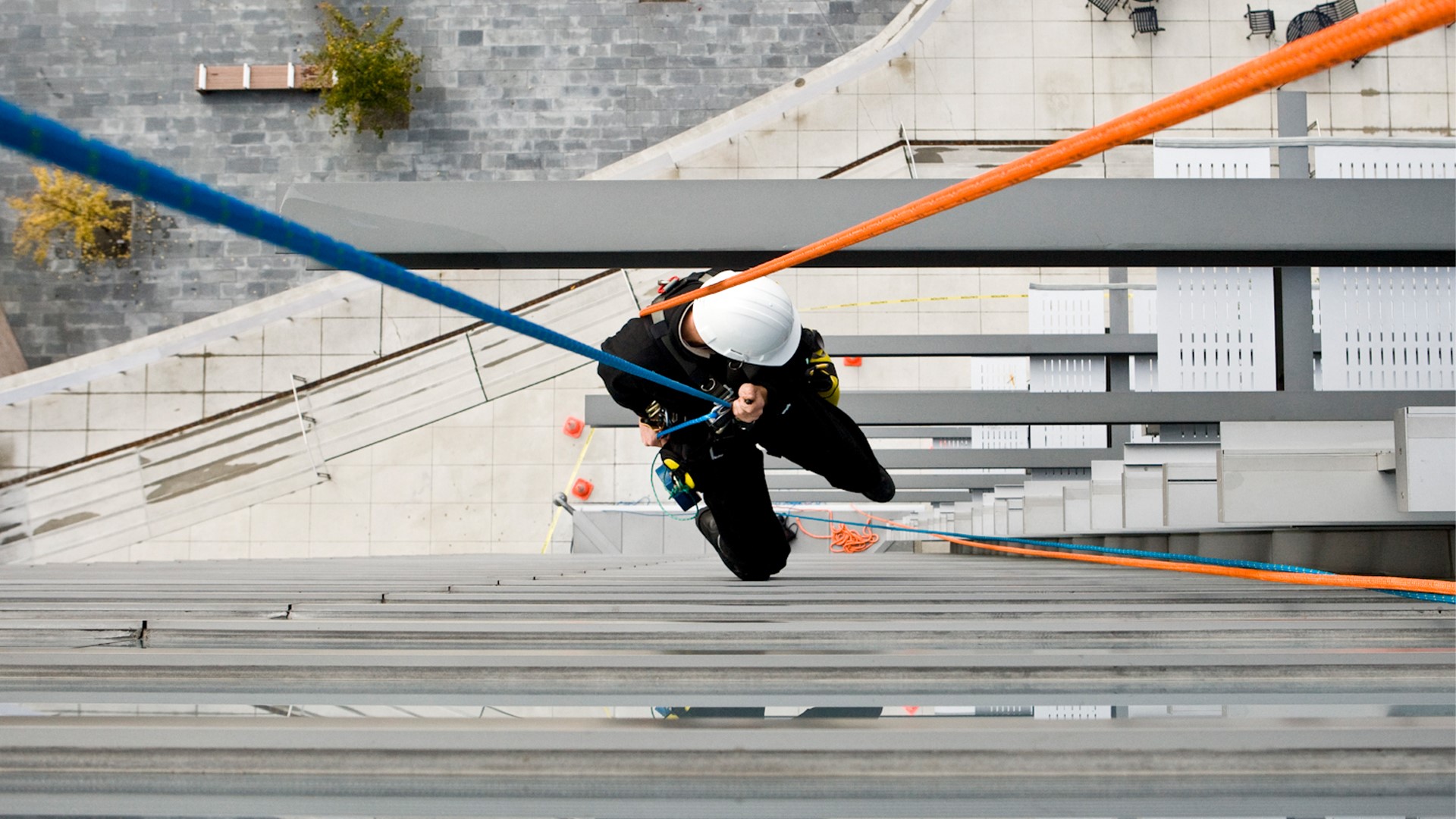
Reflecting on Safety: Testing Window Washing Anchors
By Amanda Johnson
Not everyone would feel comfortable hanging off the side of a building; even a few stories up can trigger racing hearts and sweaty palms. Yet thousands of window washers scale buildings of all heights every day, providing clear views for tenants. Fortunately, safety regulations have been effective in keeping these workers safe, resulting in limited annual casualties given the risks involved. Building owners must adhere to strict guidelines for testing, inspections, and recertification of window washing anchors, ensuring they maintain their rooftop systems responsibly.
High Stakes: The Evolution of Window Cleaning Practices
Since the Industrial Revolution, as buildings began to reach new heights—such as the 20-story New York World Building surpassing the 294-foot spire of Trinity Church—window washers have become essential. The rise of skyscrapers fundamentally changed the urban landscape, making the need for specialized window cleaning services imperative, as traditional methods became impractical. For the pioneers of the industry, today’s safety standards were a long way off; often, workers climbed these monoliths armed only with their cleaning supplies and their hands for support.
Fortunately, in 1989, a group of window cleaners established the International Window Cleaning Association (IWCA), an organization dedicated to enhancing safety for window cleaning companies and their employees. Today, the IWCA continues to operate and recommends safety standards for the industry. Meanwhile, OSHA remains the federal agency responsible for setting and enforcing workplace safety requirements, frequently adopting or referencing IWCA standards in its regulations. While OSHA covers federal standards, individual states may also develop their own occupational safety and health programs that must at least be as effective as federal standards, but may be more stringent.
The Importance of Regular Inspections and Maintenance
Before window cleaning can begin, contractors must meet a checklist of requirements to ensure the safety of their employees. Building owners are responsible for providing assurance that anchorages are inspected, tested, recertified, and maintained according to the manufacturer’s instructions.
Inspections must be conducted at least annually by a qualified professional. If any components are missing during an inspection, the system cannot be used until repairs are made and the missing parts are replaced. Additionally, any signs of wear or deterioration necessitate thorough inspection and testing before the system is deemed safe for use. All findings must be documented in a dedicated logbook that includes records of inspections, certifications, modifications, and repairs. Regular inspections are essential for maintaining safety and compliance. A qualified person can identify potential future issues, allowing building owners to proactively address repairs or replacements. This proactive approach enhances safety for users and helps prevent the system from becoming unusable.
Ensuring Long-Term Safety: The Need for Periodic Recertification
Recertification is a crucial process that must be conducted whenever re-roofing or renovation activities potentially impact the structural integrity of the anchorages. This ensures that the building’s safety features remain intact and effective. Additionally, recertification is mandated at intervals not exceeding 10 years, regardless of renovations, to guarantee ongoing compliance with safety standards.
During the recertification process, anchors undergo rigorous proof-load testing. This testing serves to verify that the anchors have retained their strength and functionality, confirming their safety for suspension applications. It’s essential that this testing and evaluation are carried out under the strict supervision of a registered Professional Engineer, who possesses the expertise to assess the condition of the anchors and determine their suitability for continued use. This oversight not only ensures adherence to industry standards but also protects the safety of individuals who rely on these anchors for fall protection and other critical functions. Maintaining proper documentation of the recertification process is vital, as it provides a clear record of compliance and aids in planning future assessments.
Conclusion
It’s important to note that the regulations governing window washing anchors differ from those for standard fall arrest anchors. While both types are designed to ensure safety in high-risk environments, the specific requirements for window washing reflect the unique challenges of this work. Understanding these differences is crucial for contractors and building managers to ensure they meet all safety standards and effectively protect their employees.
Risks are inevitable when working at heights. However, through strict laws and best practices, fatalities, injuries, and near misses have been dramatically reduced since the profession’s inception. By prioritizing safety and accountability, all parties can contribute to a safer working environment that protects both lives and livelihoods.
References
1910.140 Personal Fall Protection Systems . (n.d.). Retrieved from Occupational Safety and Health Association: https://www.osha.gov/laws-regs/regulations/standardnumber/1910/1910.140
IWCA History. (n.d.). Retrieved from International Window Cleaning Association: https://www.iwca.org/wp-content/uploads/2019/03/8-23-11_historicalbackground-1.pdf
WAC 296-32-22555. (n.d.). Retrieved from Washington State Legislature: Washington Administrative Code: https://app.leg.wa.gov/wac/default.aspx?cite=296-32-22555

About the Author
With over 15 years in customer service, Amanda Johnson has worn many hats, including quality assurance, account management, and working in a Seattle pie shop as a lead baker while in college (Go Huskies!). Her diverse background has sharpened her communication skills and customer experience expertise, helping her ensure client satisfaction in every interaction. In her free time, she enjoys exploring the beautiful PNW with her husband and their four kids, always trying to keep up with their adventures!
